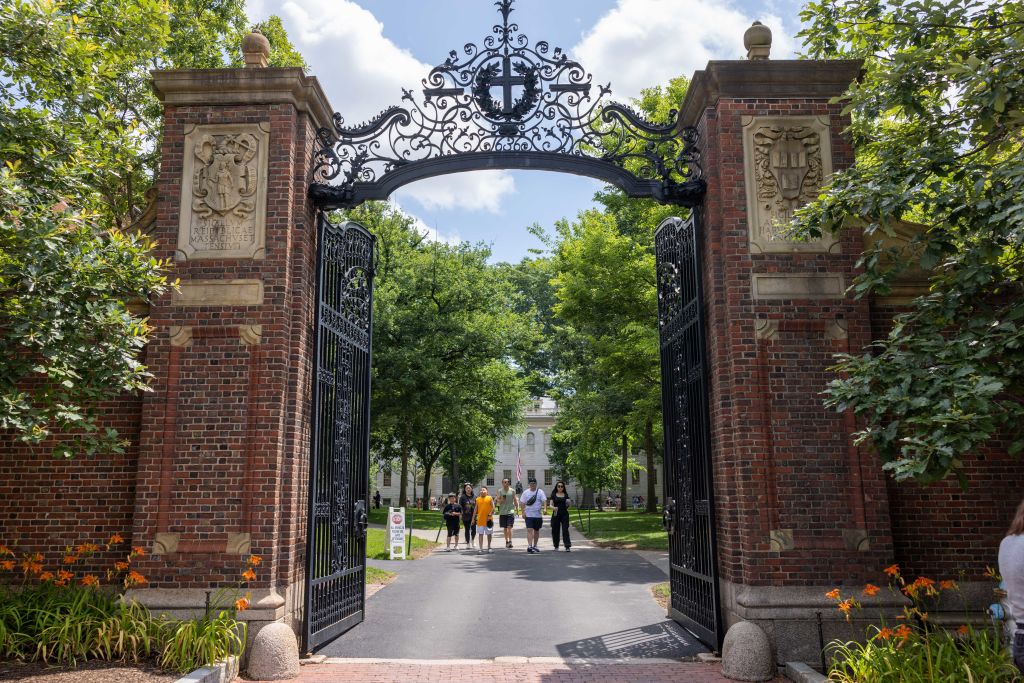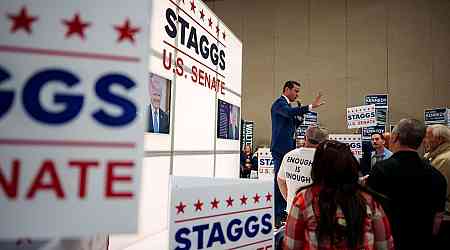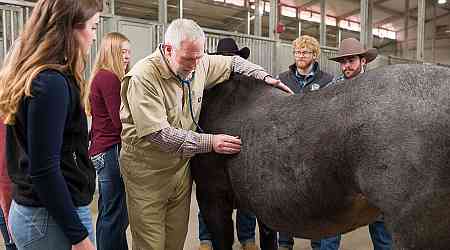
At this time of year an aspiring group of high school seniors have their hopes set on gaining admittance to a university or college of their choice. For some, those aspirations lie with a small number of extremely selective institutions. Their anxieties and their parent’s anxieties may be running high in wondering what more they could have done to increase their chances of acceptance. Yet as they wait for a letter or email informing them of the university’s decision, they are probably unaware of a key factor influencing entrance to Harvard and other elites—luck.
[time-brightcove not-tgx=”true”]As I describe in my forthcoming book, The Random Factor, in 2021 there were 57,435 students applying for admittance to Harvard University from around the United States and the world to be a part of Harvard’s class of 2025. Many of these applicants had sterling credentials—GPA’s at 4.00 or above; an array of advance placement courses; standardized test scores in the top five percent; a portfolio of volunteer and enrichment activities. Of the 57,435, 1,968 were admitted, for an overall acceptance rate of 3.4 percent.
Certainly there are factors that can increase a student’s chances of being admitted. Having high scores and grades is a prerequisite, but other factors also come into play. For example, one study analyzed Harvard admissions data from 2009 to 2014. The authors found that for students with a 10 percent chance of admission, if they were a legacy they would see a five-fold increase in their chance of admission; if a relative gave a donation to the university, they would experience a seven fold increase; and if they were a recruited athlete, they were practically certain of admittance.
In addition, admissions officers will tell you that they are looking for students who are not only highly qualified academically but who also will enrich the campus community. This includes wanting to construct an incoming class that is diverse in terms of race and ethnicity, social class, geographical location, life experiences, and so on. Furthermore, they are seeking young adults who are projected to become leaders in their fields.
All of these are undoubtedly important factors in deciding who will be admitted into highly selective universities such as Harvard. But what they probably will not tell you is that the selection from among this group of applicants is also influenced by another factor—the random factor. To acknowledge this would be to admit that the process is less than completely deliberative and systematic, which it most assuredly is.
Consider the standard procedure for choosing who will be admitted. We can think of this as a weeding out process. The first cut will eliminate any applicants who do not meet the basic requirements that are felt necessary to succeed academically at the institution. These would include grade point average, standardized test scores, rigor of the classes taken in high school, and so on. Frequently a computer program known as an academic index will provide a weighting of these criteria in order to rank order the applicants. Only those above a certain cutoff point will move to the next round.
At this stage other considerations come into play. They include the essay the student has written for their application, along with their extracurricular activities. In addition, larger university concerns are considered like the earlier mentioned desire of having a diverse incoming class or having students to fill a particular need such as the bassoon player for the orchestra or goalie on the soccer team.
Having served on graduate school admissions committees here at Washington University in St. Louis, I can attest to the fact that the element of subjectivity enters into the picture at this point. For example, when reading student essays detailing why they are interested in coming to our university, or describing an important life experience, it can be hard to distinguish among dozens of such essays. Certainly there may be some that are stand-outs or drop-outs, but most fall within a grey area. Likewise, the judging of extracurricular activities can be quite subjective.
And it is here that the random factor is present. One way of seeing this is that a specific student might be accepted at one highly selective school, but rejected at others. One university may have been looking for something in particular that year which influenced the decision to accept the student, while another university was interested in something else.
But just as important, a final decision could have reflected the mood of the admissions officer on a particular day. The difference between two students may be virtually nonexistent. The selecting of one versus the other might as well have been decided by a coin flip. As Michael Kinsley writes about getting into Harvard, “The luck may be in your genes, in your parent’s checkbooks, in their parenting skills, or in the dubious meatloaf the dean of admissions had for dinner the night before your application was considered.” While a highly qualified student applying to a dozen very selective universities will in all likelihood be accepted into at least one, the specific university they are admitted to may be the luck of the draw.
Harvard political philosophy professor Michael Sandel and others have proposed introducing a lottery system to the admissions process at highly selective universities as a straightforward way of simply recognizing randomness for what it is. Such an approach would first remove from the applicant pool those who do not have the basic qualifications to succeed during their four years. This might reduce the numbers at Harvard by 20 percent, leaving perhaps 40,000 applicants.
At this point, Sandel recommends, “Rather than engage in the exceedingly difficult and uncertain task of trying to predict who among them are the most surpassingly meritorious, choose the entering class by lottery. In other words, toss the folders of the qualified applicants down the stairs, pick up 2,000 of them, and leave it at that.”
Whether such a procedure will ever be adopted is probably a long shot. But as Sandel points out, “Setting a threshold of qualification and letting chance decide the rest would restore some sanity to the high school years, and relieve, at least to some extent, the soul-killing, resume-stuffing, perfections-seeking experience they have become.”
Sandel’s suggestion is reminiscent of a story often told about the investment banking firm Goldman Sachs. Those applying for first-year analyst positions at Goldman are obviously a very competitive and credentialed group, with many more qualified than positions available. One year, a managing director who was overseeing recruiting, randomly divided the stack of resumes into two piles on his desk. He thought for a moment, and then threw one stack into the wastebasket. A colleague standing next to him looked surprised. The managing director replied, “You have to be lucky in this business.” Pointing to the resumes still on his desk, he said, “We might as well pick from the lucky ones.”
























